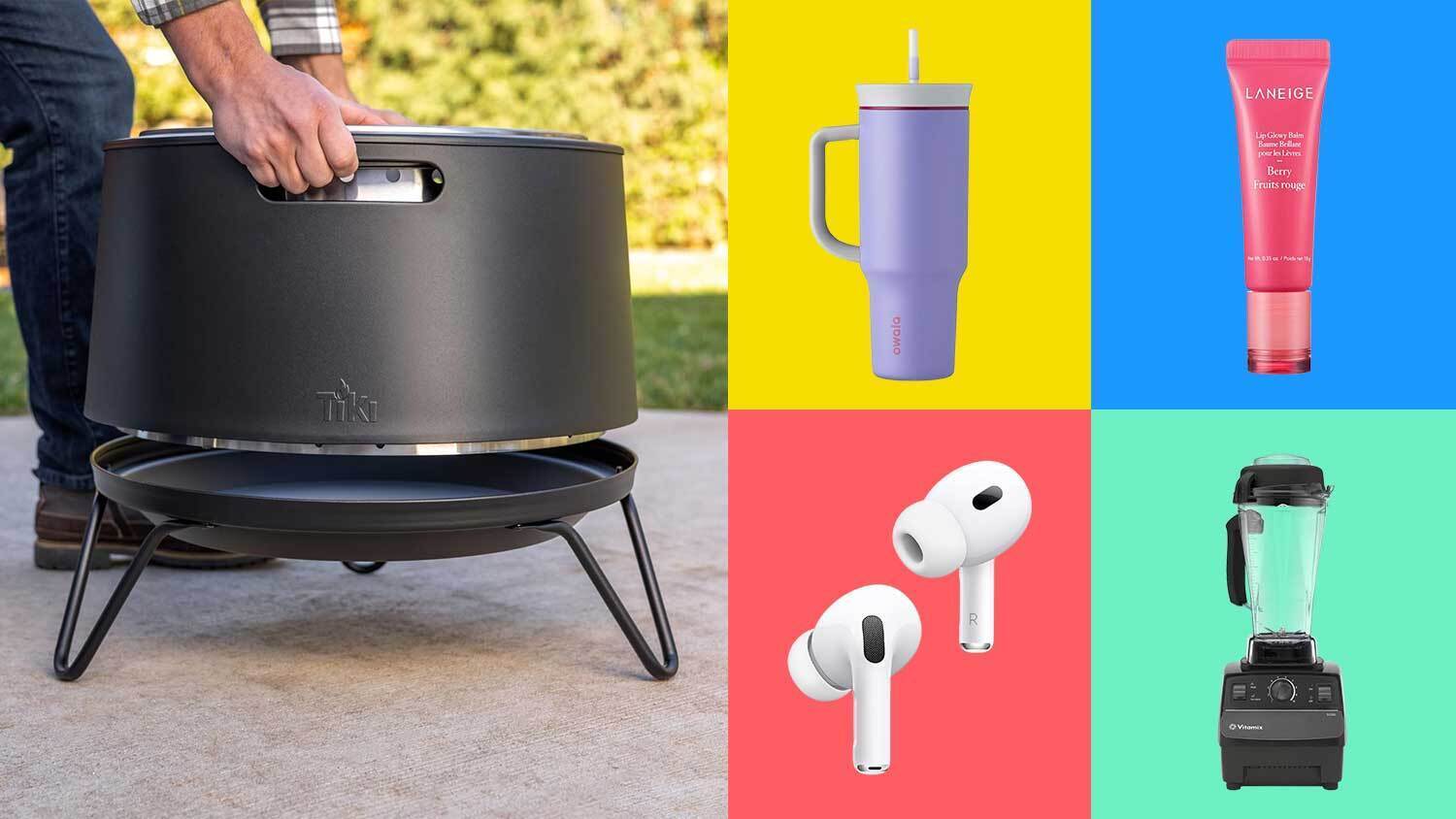As the COVID-19 pandemic takes it toll on California’s economy, a 50% drop in demand has hit the state’s farms. Meanwhile, food banks have seen their needs spike by 73%.
That’s according to Gov. Gavin Newsom, who, in his coronavirus news conference on Wednesday, announced an initiative to address both problems.
Some 128 farmers and ranchers have so far signed up to participate in the program made possible with help from the federal government and philanthropists, Newsom said. The state Department of Food and Agriculture has also identified 200 more participants from the agricultural sector.
The goal is to provide 21 million pounds of produce and other items through food banks on a monthly basis—products that otherwise would go to waste as market demand plummets, according to the governor.
“Our farmers here have gone through quite a shockwave like all of us have, but they’re working everyday to continue the kind of bountiful, nutritious productivity that is a hallmark of California,” state food and agriculture Secretary Karen Ross said at Wednesday’s news conference.
The state has so far raised $3.6 million to launch the program, which is expected to continue through the end of the year.
The effort is one of three initiatives Newsom touted on Wednesday as a growing number of Californians experience food insecurity with many businesses and workplaces shut down due to the pandemic.
The governor also announced those eligible for the state’s food stamp program can now use the benefit online.
Recipients can start buying food at Amazon and Walmart using their CalFresh debit card while the state works on expanding availability to other websites, Newsom said.
The need for government assistance has been climbing.
In Los Angeles County alone, officials reported a 38% spike in CalFresh applications. Since March 12, about 3.7 million Californians have filed for unemployment benefits, Newsom said Wednesday. That’s about 9% of the state’s population.
A waiver from the federal government allowed the state to make CalFresh available online, according to the governor.
Additionally, with help from the federal government, families with children who would otherwise receive meals at school for free or at a reduced price will be able to receive up to $365 to use on groceries through a pandemic EBT program, Newsom said.
The governor announced the efforts a day after laying out the state’s plan to gradually reopen businesses over the next weeks and months as California’s COVID-19 hospitalization rates stabilize. He said that businesses deemed to be at low risk can expect to reopen in a week or two.











